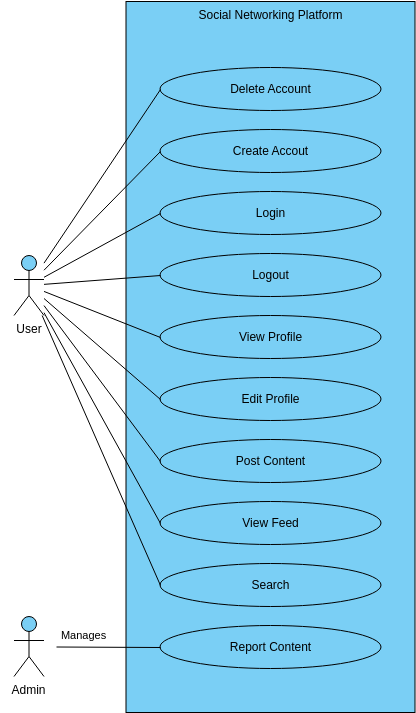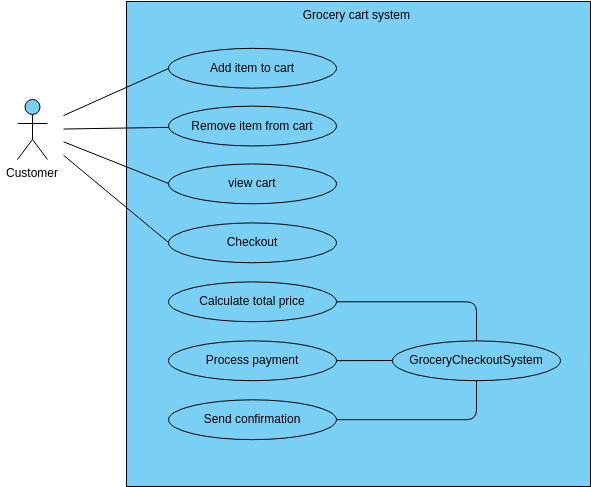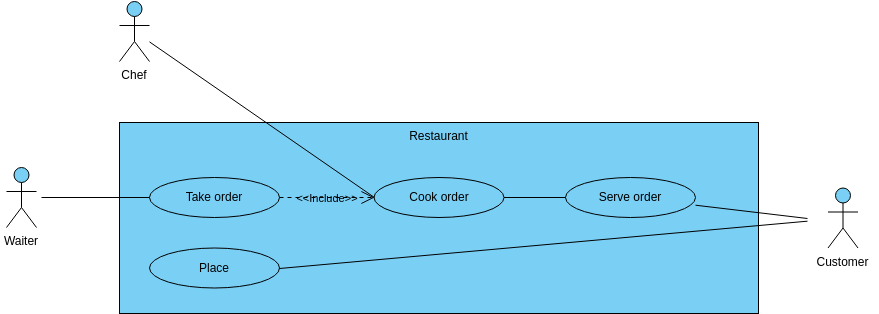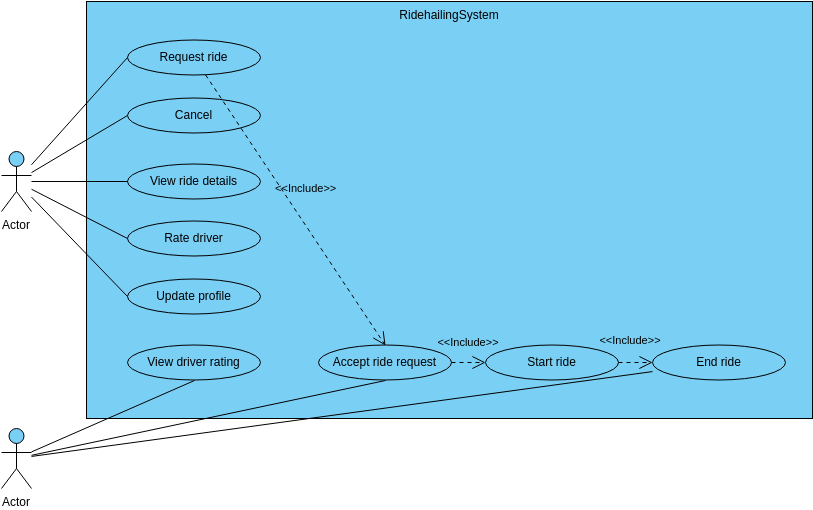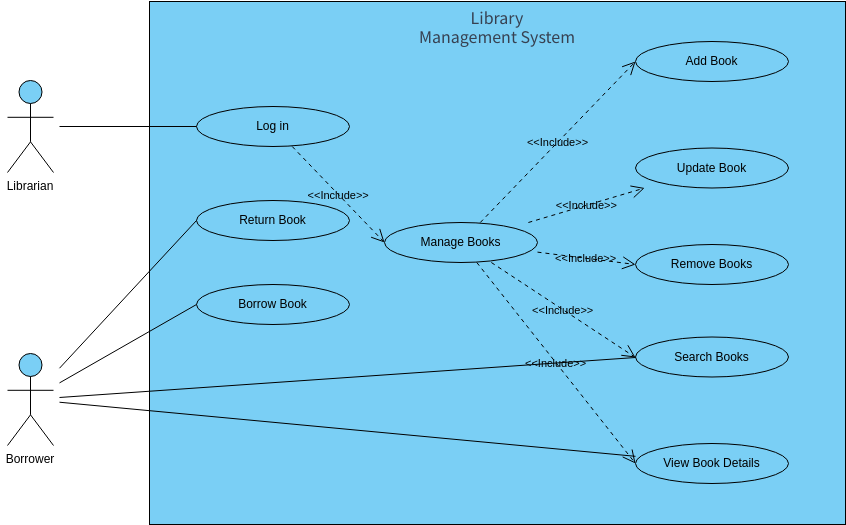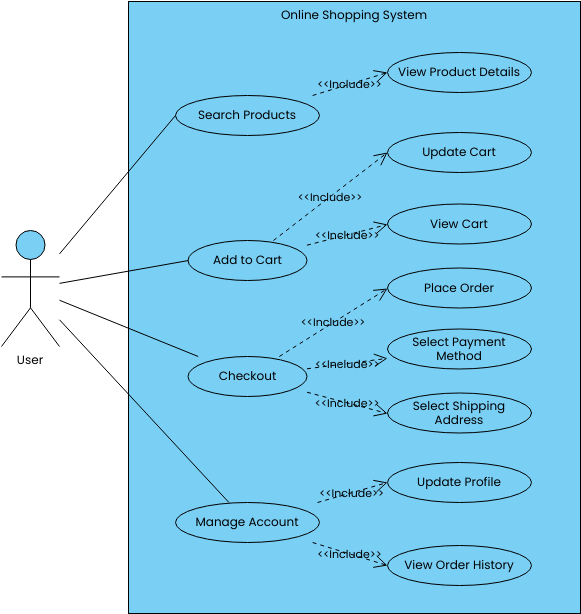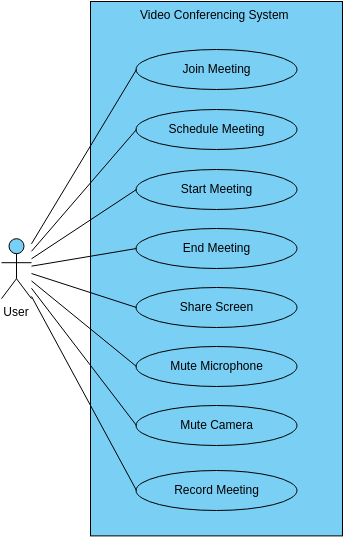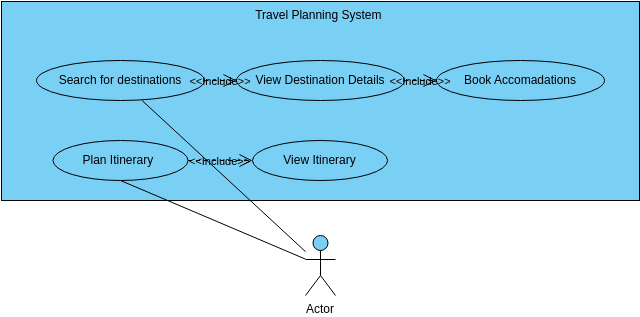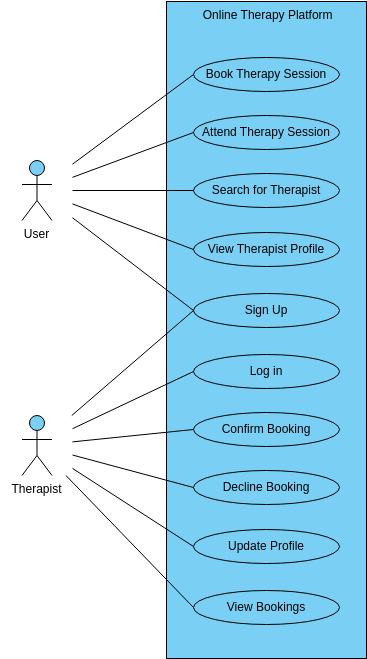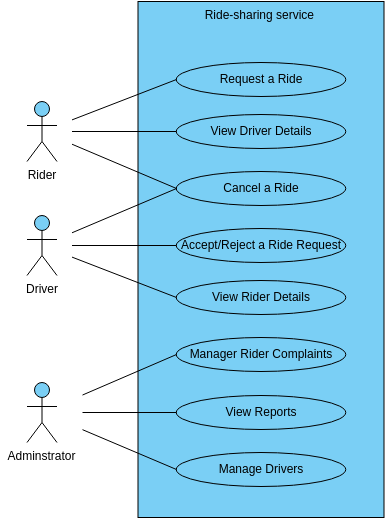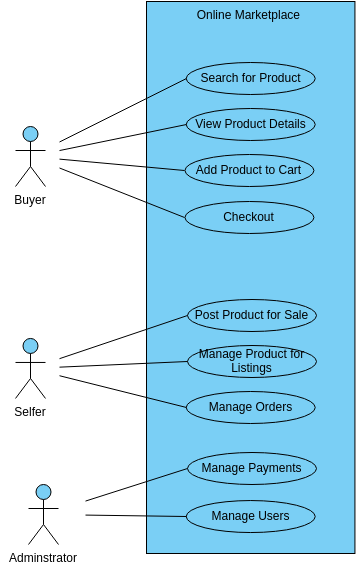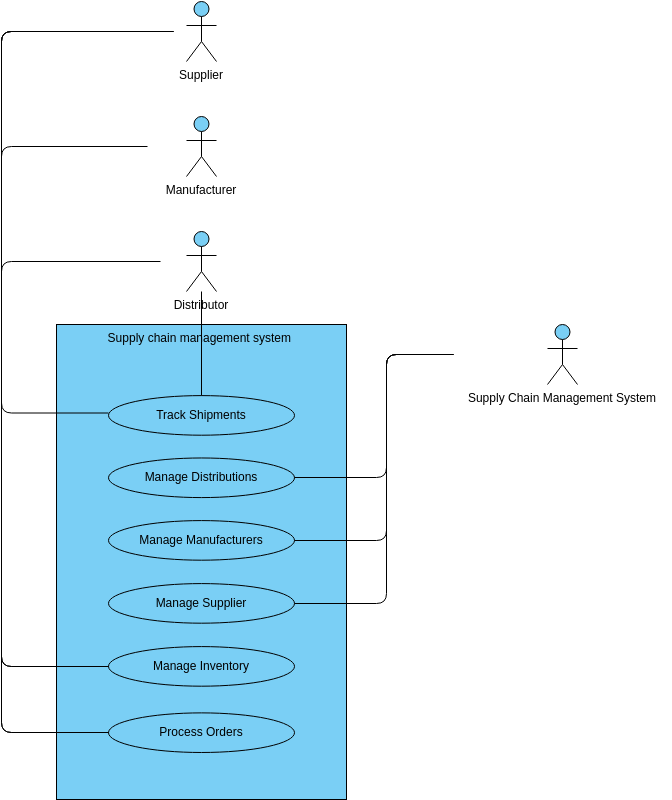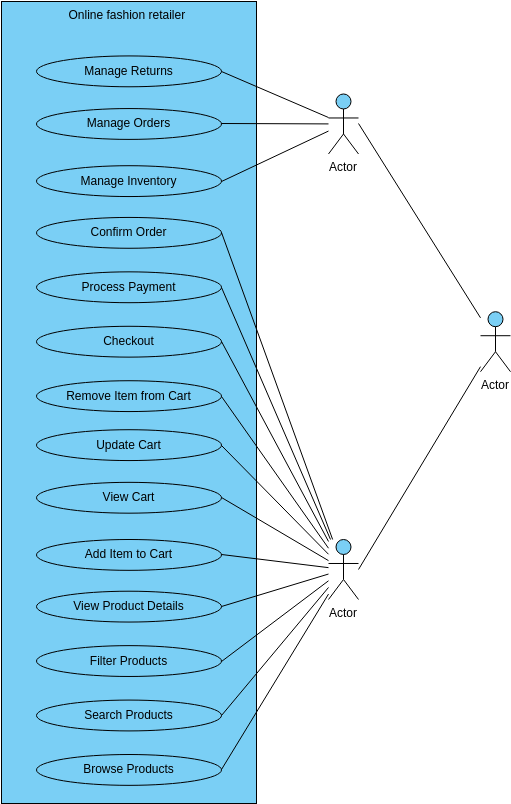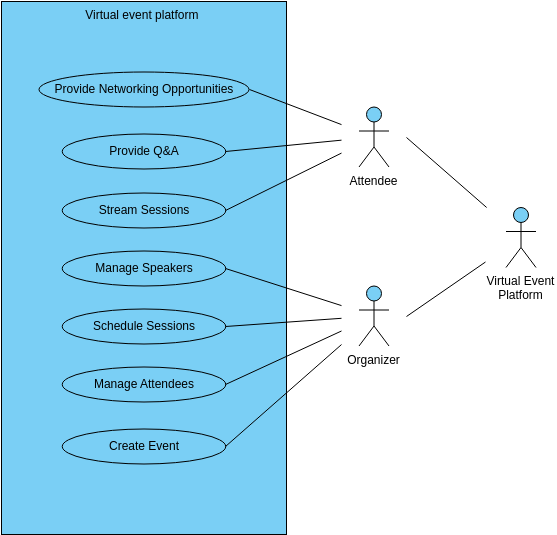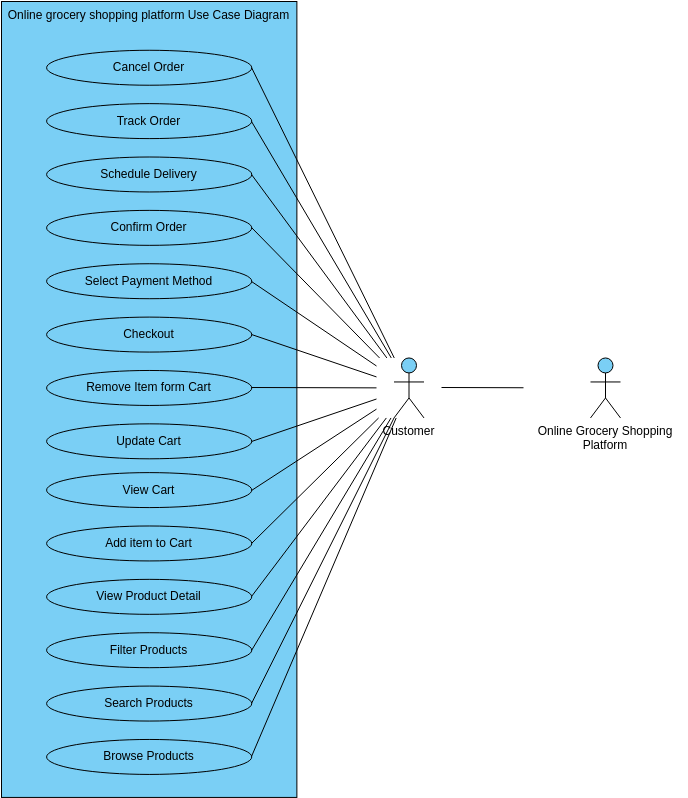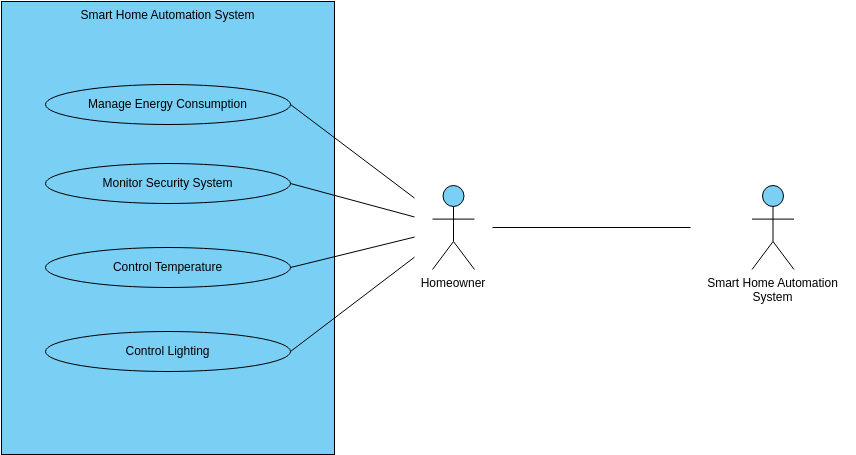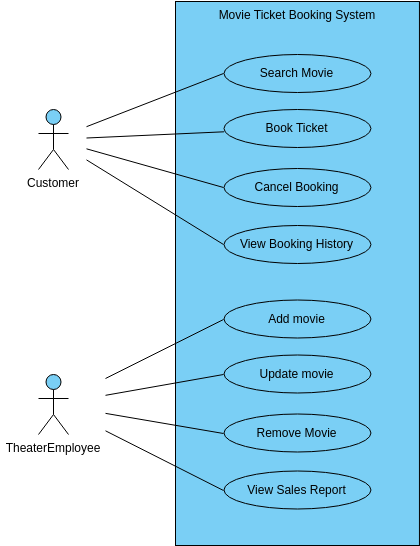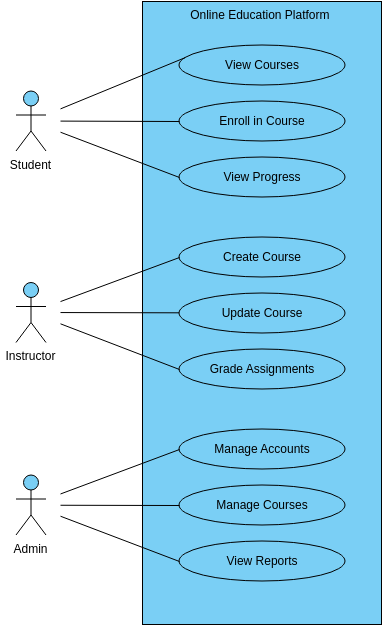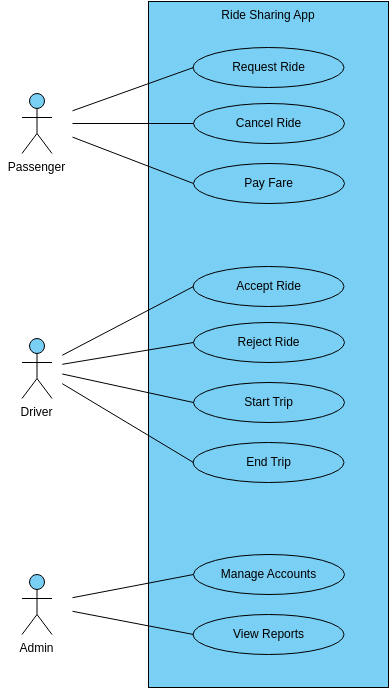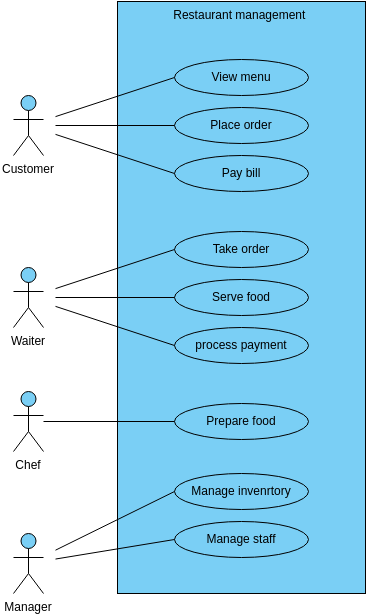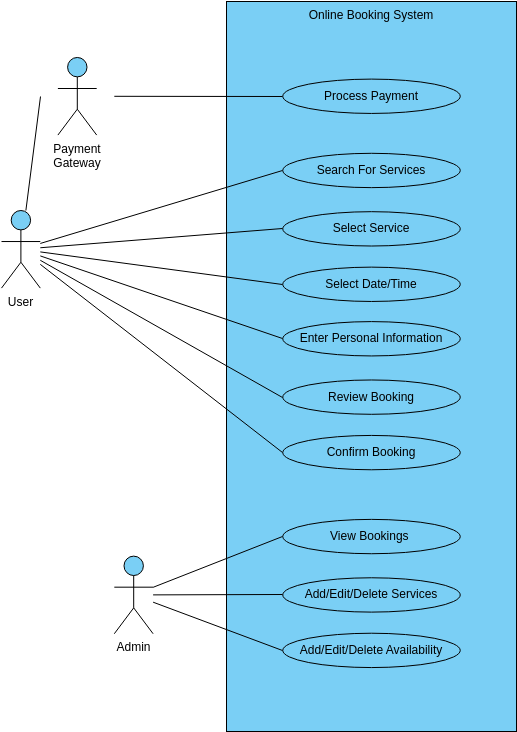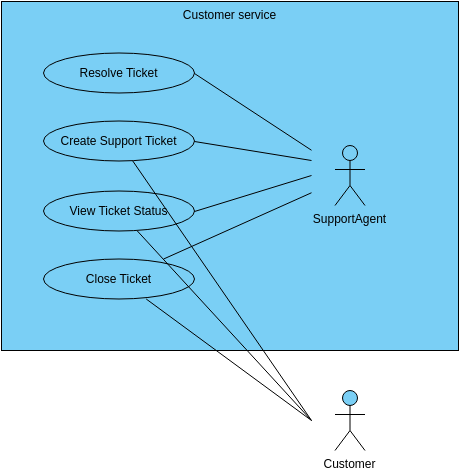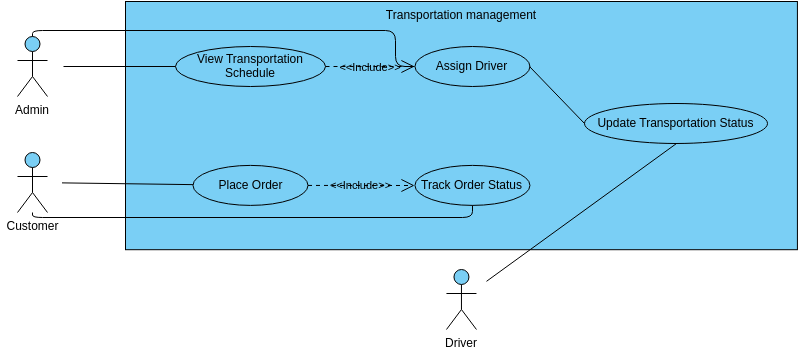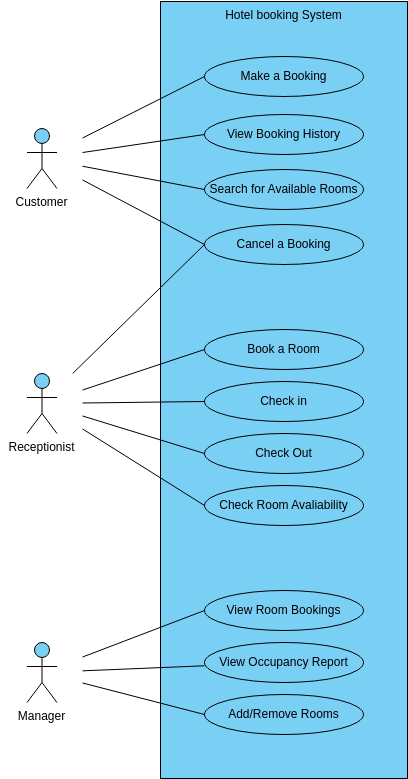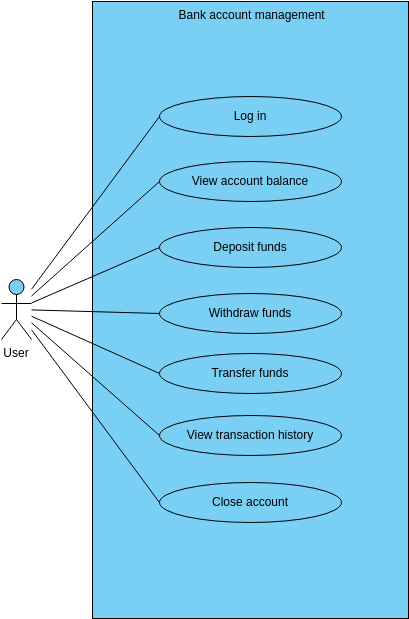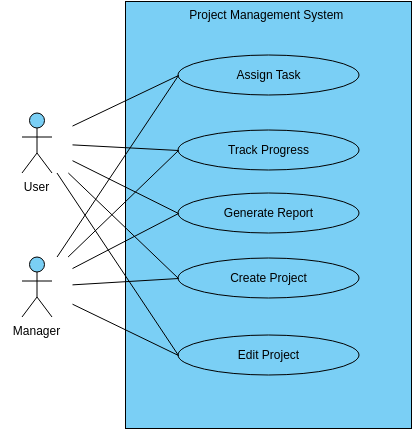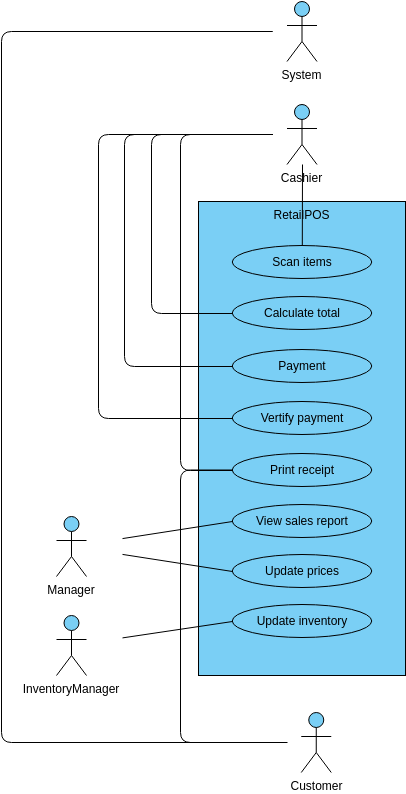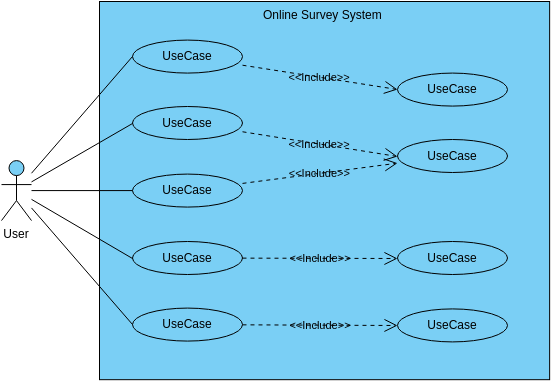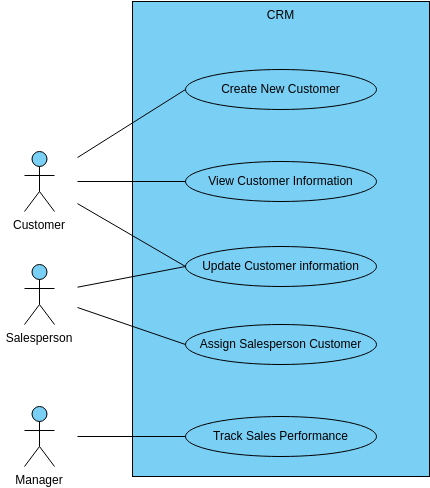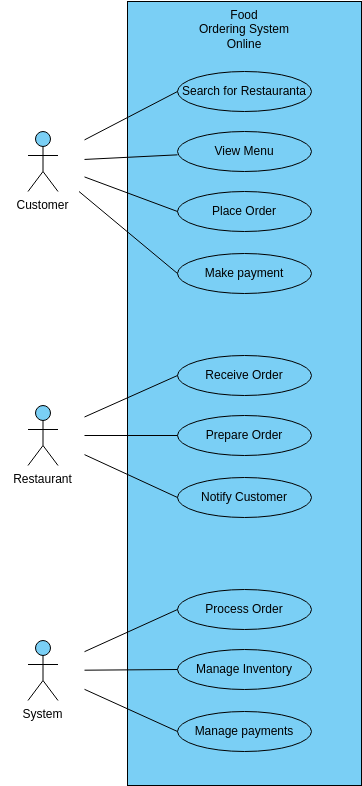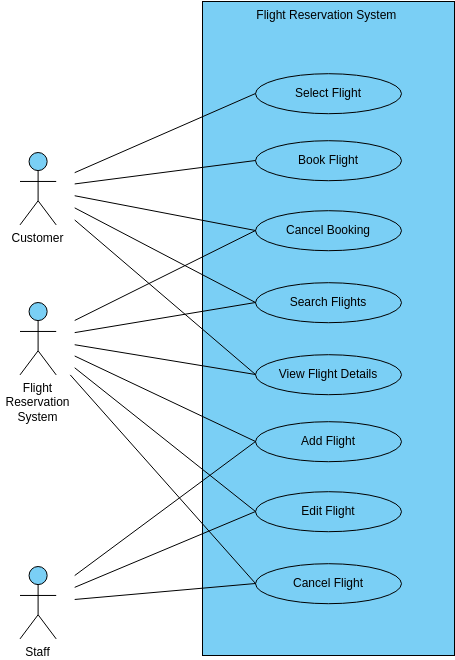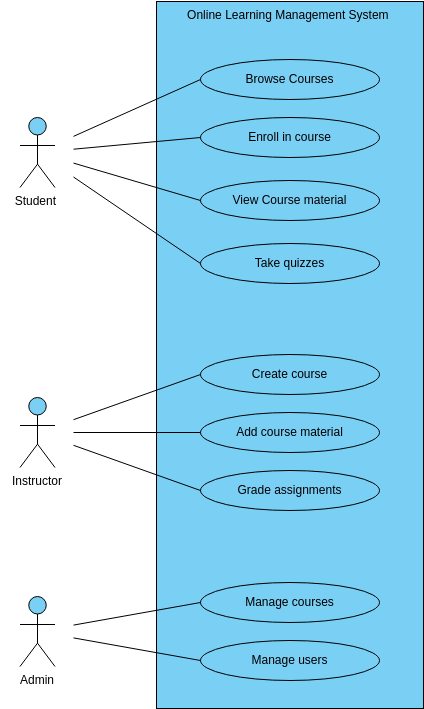Social Networking Platform Use Case Diagram
A Social Networking Platform is a software application designed to allow users to connect with each other online. The system typically includes features such as user profile management, content sharing, and communication tools. The use case diagram outlines the various tasks that can be performed within the system.
The Create Account use case allows users to create a new account on the social networking platform. This typically involves providing basic information such as a username, email address, and password. Once registered, users can log in to the platform using the Login use case.
The View Profile use case allows users to view their own profile as well as the profiles of other users. This includes information such as the user's name, profile picture, and bio. Users can also update their own profile information using this use case.
The View Feed use case allows users to view content shared by other users on the platform. This includes updates, photos, and videos posted by other users. The Delete Account use case allows users to permanently delete their account on the social networking platform. This can include deleting all user-generated content associated with the account.
The Report Content use case allows users to report any inappropriate or offensive content on the platform. This can include posts or comments that violate the platform's community guidelines. The platform's administrators can then review the reported content and take appropriate action, such as deleting the content or suspending the user's account.
Benefits of creating this diagram
Creating a use case diagram for a Social Networking Platform can provide several benefits. First, it can help to identify any gaps or areas of improvement in the system's functionality and ensure that all necessary use cases have been accounted for. This can help to avoid potential issues or errors that could arise during the system's implementation and use. By mapping out the various use cases, stakeholders can gain a better understanding of how the system works and how it can be leveraged to improve social networking processes.
Second, the use case diagram can serve as a valuable communication tool between stakeholders, including social networking platform managers, developers, and users. It can help ensure that everyone involved in the system's development and implementation is on the same page and has a shared understanding of the system's purpose and functionality. This can help prevent misunderstandings and ensure that the system meets the organization's needs and expectations. Additionally, the use case diagram can help to improve collaboration between stakeholders, which can lead to a more successful implementation and adoption of the system.
